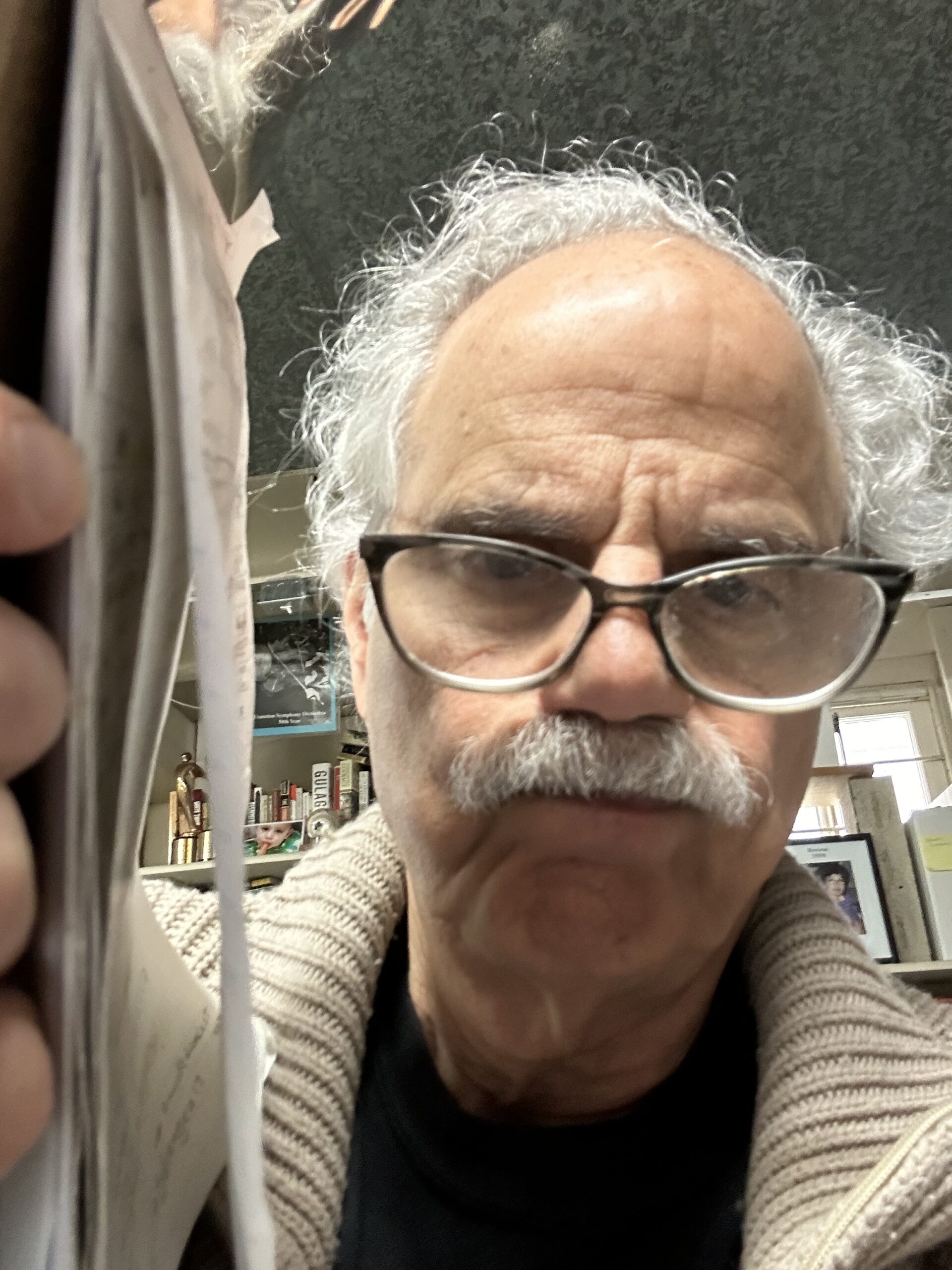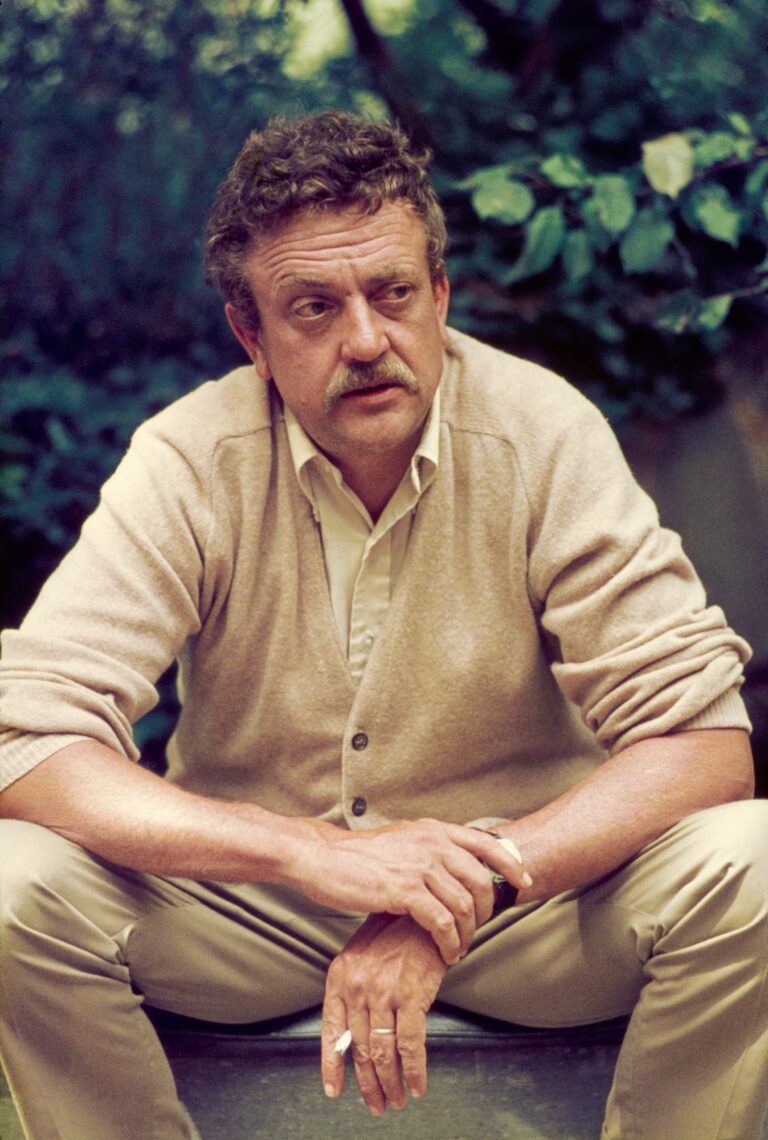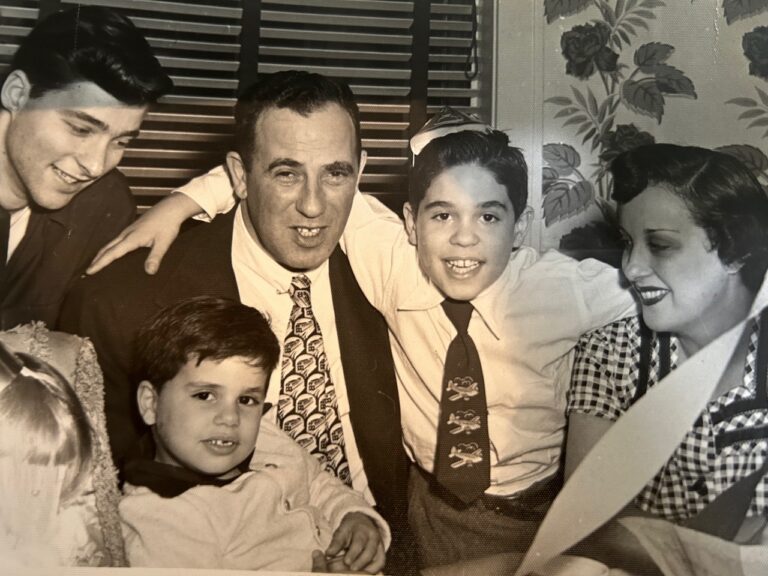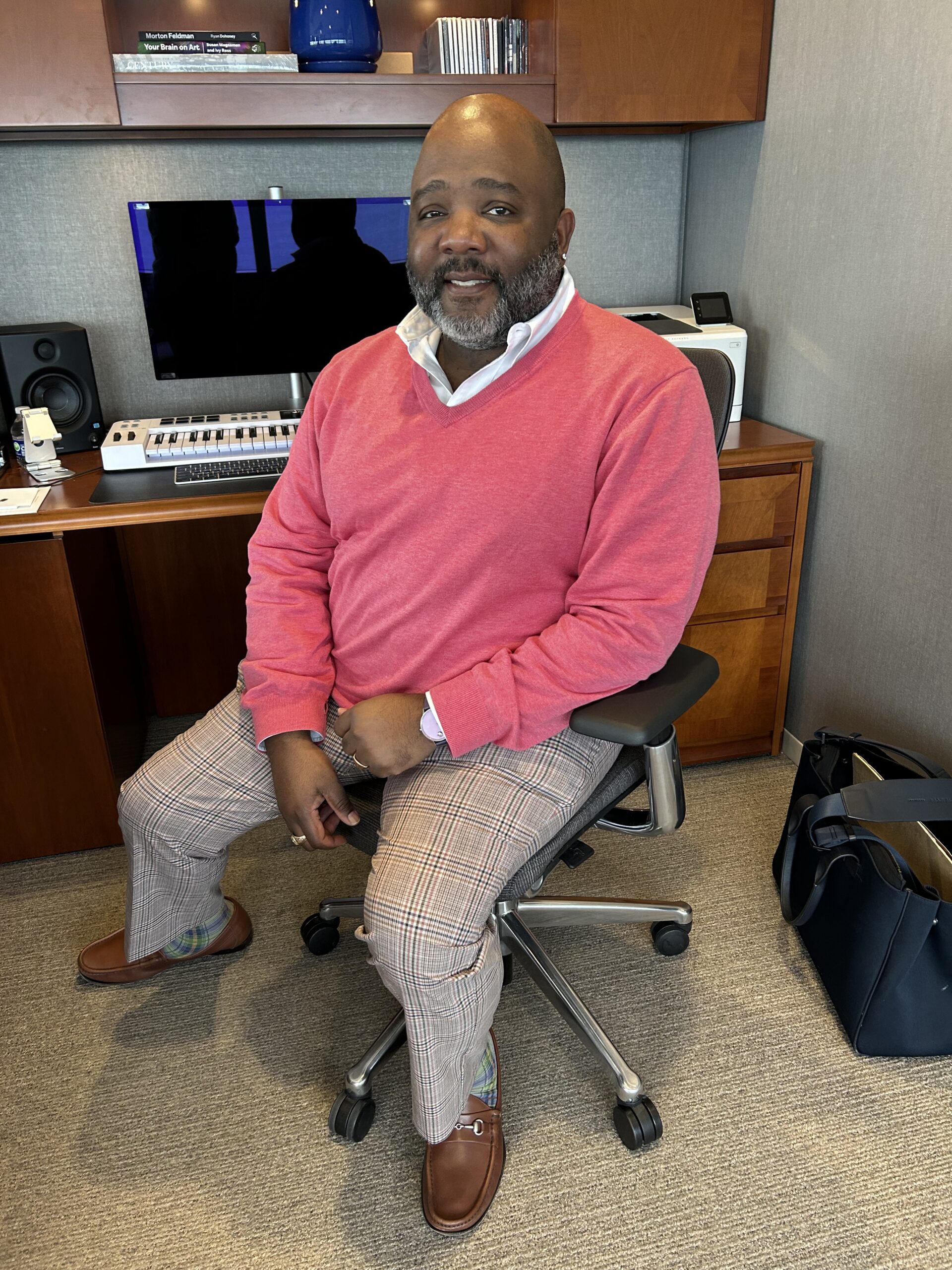NorthShore Weekend, Sept. 12, 2014
How hard can it be to build a violin? After all, it’s just a wooden box with some strings attached. In the case of a professional, it might take just a few weeks. But for amateurs and those learning the craft, it can take months or even years.
“It’s actually a very complex process, making a violin,” said Fred Thompson, co-director of the Chicago School of Violin Making, which since 1996 has been located on Oakton Street in Skokie.
Thompson pointed out there are dozens of separate wooden parts on a violin, including top, back, ribs, linings, pegs, blocks, scroll, bridge, sound post, bass bar, tailpiece and an end button. “They all have to be made a certain way and they’re all critical.” He estimates it takes 200 hours to build a violin or viola and 600 hours to make a cello.
The three-year program currently has 30 students – full capacity – plus a waiting list to get in. It is, Thompson said, one of the oldest and largest schools for stringed-instrument makers in the country.
The school was founded in 1975 by string dealer Kenneth Warren, as a way to train instrument makers and repairmen – known as luthiers – and was located in his shop in the Loop. For several years it was run by one of Warren’s luthiers, Tschu Ho Lee. Lee acquired the school from Warren in 1981, expanding it over two decades from seven students to 28 students. In 2002 he retired and Thompson, one of Lee’s assistants, took it over. The school converted to a not-for-profit in 2003.
“It was a real challenge at first for a fledgling not-for-profit with no money,” said Jim Zartman, who has been president of the school’s board since 2002. “There was a lot of nail-biting and uncertainty. But we worked very hard and the school has developed into a very successful operation.”
Thompson and his co-director, Becky Elliott, work closely with the students, but also give them plenty of leeway, space and time to build and repair instruments on their own. In the first year students learn the fundamentals, including the use of the appropriate hand tools and selecting, cutting and shaping the wood. By year-end they are expected to have made considerable headway on their first violin. In the second year, during which they work more extensively on their own, they focus on mixing and applying varnishes and making a viola (slightly larger than a violin). The final year includes more instrument-making, with one semester given over to maintenance and repair. All students must be able to play a stringed instrument as well – considered vital to an understanding of sound production and design. Performing is part of the final exam, as is submitting two instruments – one varnished and the other “in the white.”
Outside instructors supplement the coursework with workshops on varnishing, bow repair and rehairing, and lectures on the fine points of old Italian instruments. Total tuition runs around $30,000, and students are expected to acquire their own tools, which can cost thousands more.
“Fundamentally, it serves as a place for students to develop their ‘eye’ – in studying and recognizing shape; and their hand-tool skills – to be able to execute the outcome they desire,” said Elizabeth LaPorte, a 2011 graduate who now works at music shops in the Loop and Evanston. “Repeating the violin-making process according to the school’s fairly strict method helps improve each student’s eyes, hands, speed, and comprehension.”
“It’s been fantastic,” said Andrew McGinn, a third-year student from Roselle, Illinois. “Becky and Fred have a great eye for the work we do, almost down to a microscopic level. They’re both kind and wonderful instructors.”
“It’s a very successful training program,” said Jim Warren, owner of the Kenneth Warren shop where the school began under his father. “Many of the graduates have established themselves in all aspects of the business, worldwide, including owning their own shops. It’s opened a lot of doors for talented students.”




+ There are no comments
Add yours